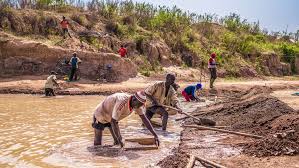At a Glance
- Botswana’s Jwaneng and Orapa mines produce over 10 million carats of diamonds yearly.
- Lucara’s Karowe unearthed a 1,080-carat gem in 2024, fueling global attention.
- Diamond mining drives 80% of Botswana’s exports and supports GDPs across Southern Africa.
Africa’s diamond mining industry stands as a global powerhouse, home to some of the richest and most productive diamond mines on earth.
With mines like Botswana’s Jwaneng and Orapa consistently producing over 10 million carats annually, and Angola’s Catoca yielding upwards of 7 million carats, Africa contributes over 60 percent of the world’s gem-quality diamond output.
These mines, operated by giants like De Beers, Lucapa, and Alrosa, are not just geological marvels but economic lifelines—fueling billions in export revenue, foreign investment, and local job creation.
The continent’s diamonds are among the most sought-after globally, known for exceptional size and clarity.
In 2024, Lucara Diamond’s Karowe mine in Botswana unearthed a 1,080-carat gem—one of the world’s largest rough diamonds—underscoring Africa’s unmatched geological wealth.
Mines like Catoca in Angola and Letseng in Lesotho continue to supply high-value stones, with Letseng famous for the highest average per-carat diamond value globally.
Diamond mining remains pivotal to African economies. In Botswana, diamonds account for over 80 percent of export revenue, while in Namibia and Angola, they represent major GDP contributors.
As global demand for ethically sourced gems rises, Africa’s large-scale and alluvial mines remain at the center of the diamond trade.
Here are the top 20 biggest diamond mines in Africa by production and estimated reserves as chronicled by Shore Africa:
1. Jwaneng
Country: Botswana
Annual production capacity: 11 million carats
The world’s richest diamond mine by value and the eighth-largest by production volume, Jwaneng is operated by Debswana—a joint venture between De Beers and the Botswana government. Located in southern Botswana, the mine boasts an annual production capacity of around 11 million carats. It is currently undergoing a major expansion under the Cut-9 project, which aims to extend its operational life beyond 2035 and sustain production levels of up to 9 million carats per year from deeper ore. Jwaneng plays a critical role in Botswana’s economy, contributing significantly to national revenue and employment.
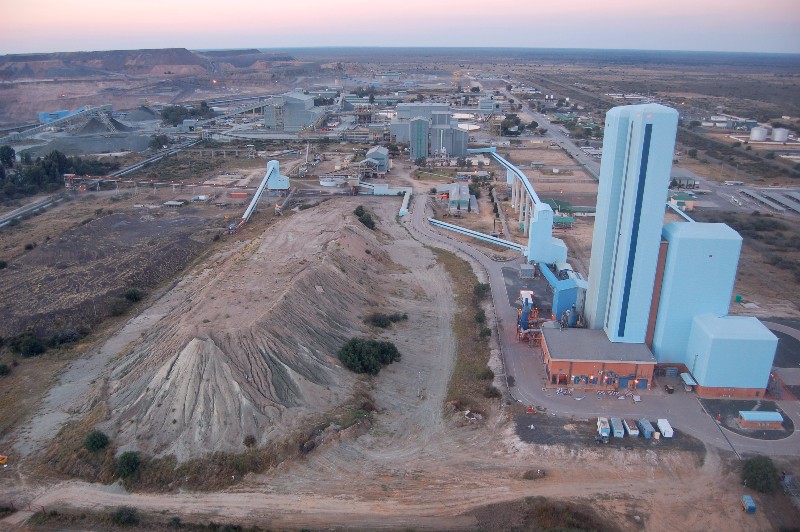
2. Orapa
Country: Botswana
Annual production capacity: 10.6 million carats
Among the world’s largest diamond mines by area and output, Orapa is a flagship operation run by Debswana—a partnership between De Beers and the Botswana government. Located in central Botswana, this open-pit mine began production in 1971 and produces approximately 10.6 million carats annually. Orapa is integral to Botswana’s mining sector, contributing robustly to export earnings and local employment. The mine also hosts a sophisticated processing plant and plays a key role in Botswana’s strategy to remain a top global diamond producer by volume.
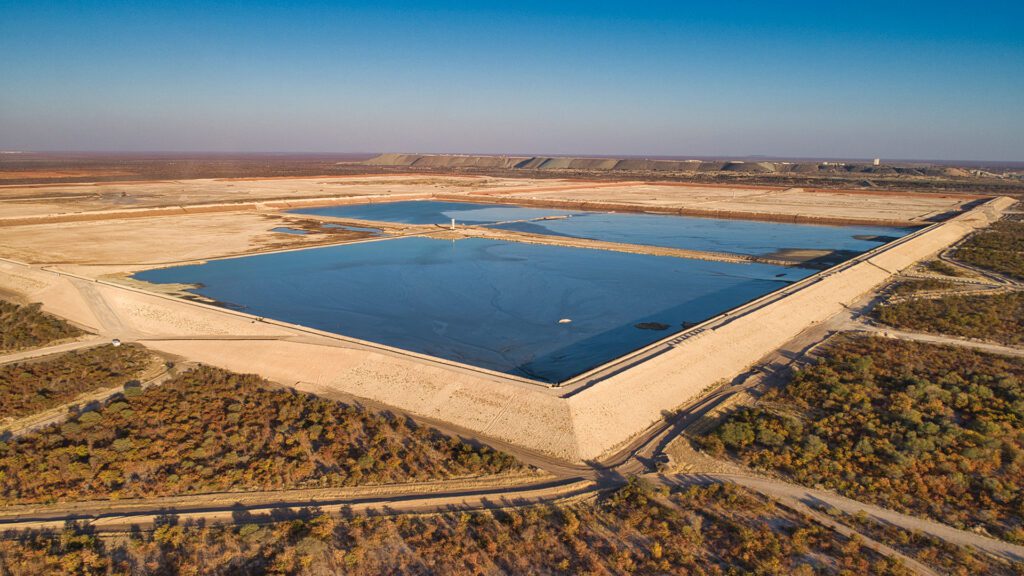
3. Venetia
Country: South Africa
Annual production capacity: 4 million carats.
De Beers’ flagship mine in South Africa; currently undergoing underground expansion. It is currently an open-pit mine and the biggest diamond producing mine in South Africa, but that lasted till 2021. Going forward, they will use an underground mine for production with an estimated life up to 2046. The diamond mine is owned and used by the De Beers Group. The mine’s annual production is estimated at around 4 million carats.
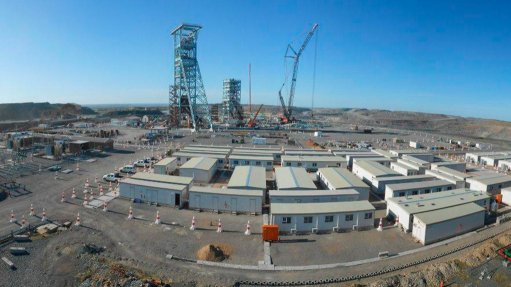
4. Catoca
Country: Angola
Annual production capacity: 2 million carats.
The largest mine in Angola, jointly owned by Alrosa, Endiama, and others. The Catoca is an open-pit mine and began production in 1997. Its normal annual output is around 10 million carats, but they had a downfall in 2020 of 80 percent. The annual output was only 2 million carats.
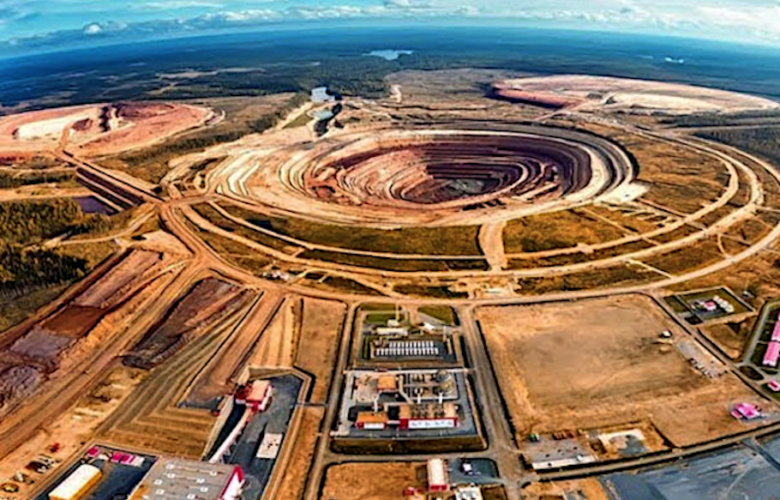
5. Cullinan
Country: South Africa
Annual production capacity: 1.4 million carats
Known for the largest rough diamond ever found (3,106 carats), operated by Petra Diamonds. Cullinan Mine is Petra’s flagship asset and a world-class kimberlite, famous for being home to the largest gem diamond (3,106cts) ever recovered, as well as being the world’s most important source of blue diamonds. Discovered in 1902, Cullinan Mine has yielded many of the Earth’s most desirable and iconic diamonds, and is renowned for very rare and highly valuable Type IIb blue diamonds and high-quality Type IIa white diamonds. Cullinan Mine is a world-class resource, with potential to continue mining into the late 2040s.
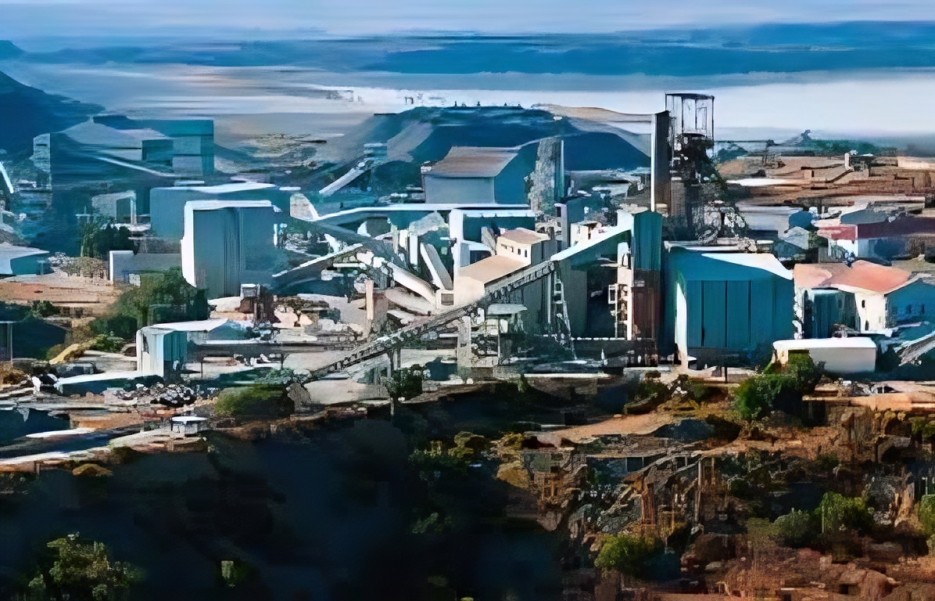
6. Karowe
Country: Botswana
Annual production capacity: 300,000 high-value carats each year
Operated by Lucara Diamond Corp; famous for exceptional large stones like the 1,109-carat Lesedi La Rona. Karowe is also credited for having yielded Botswana’s largest fancy pink diamond to date, the Boitumelo. The mine remains one of the world’s highest-margin diamond mines, producing an average of 300,000 high-value carats each year.
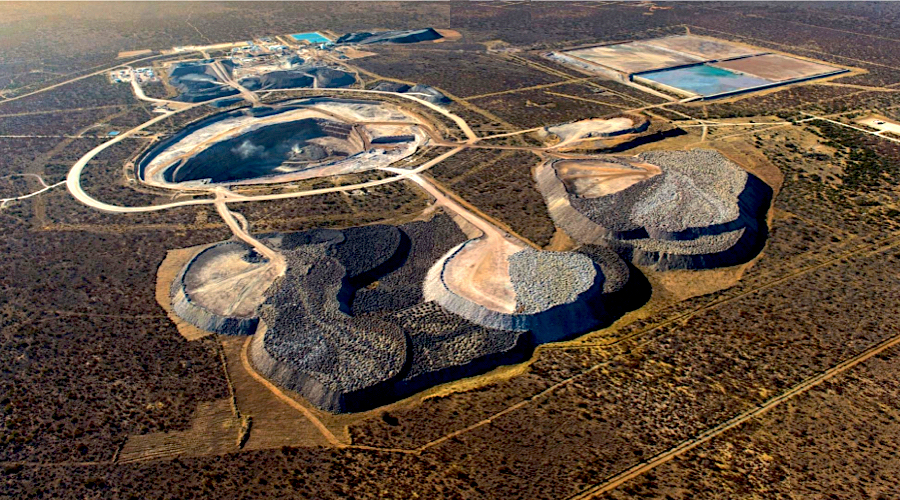
7. Letseng
Country: Lesotho
Annual production capacity: 110,000 carats
Known for high-value, large gem-quality diamonds; operated by Gem Diamonds. The Letšeng Diamond Mine is a unique operational kimberlite Mine with an average grade of 1.8 carats per hundred tonnes, renowned for producing exceptional high-quality white Type II diamonds. The ownership of the mine was taken by Rio Tinto in 1968 and subsequently by De Beers in 1973. The Mine has in the past ten years treated an annual average of 6.2 million tonnes, producing an annual average of 110,000 carats at an average price of $1,900/ct.
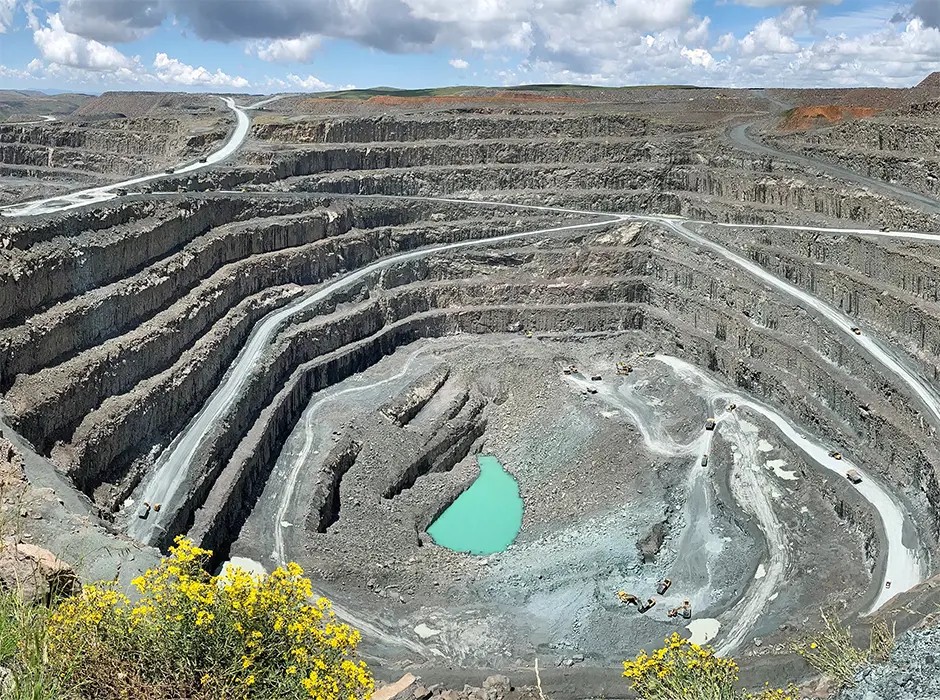
8. Mothae
Country: Lesotho
Annual production capacity: 1.1 million tonne-per-year
Operated by Lucapa Diamond Company; known for large, high-quality diamonds. Mothae is a diamond mine located in the Maluti Mountains of Lesotho, known for producing large, high-value diamonds. It’s a kimberlite mine, meaning it extracts diamonds from kimberlite rock. Lucapa Diamond Company owns 70 percent of the mine, with the remaining 30 percent held by the Government of the Kingdom of Lesotho
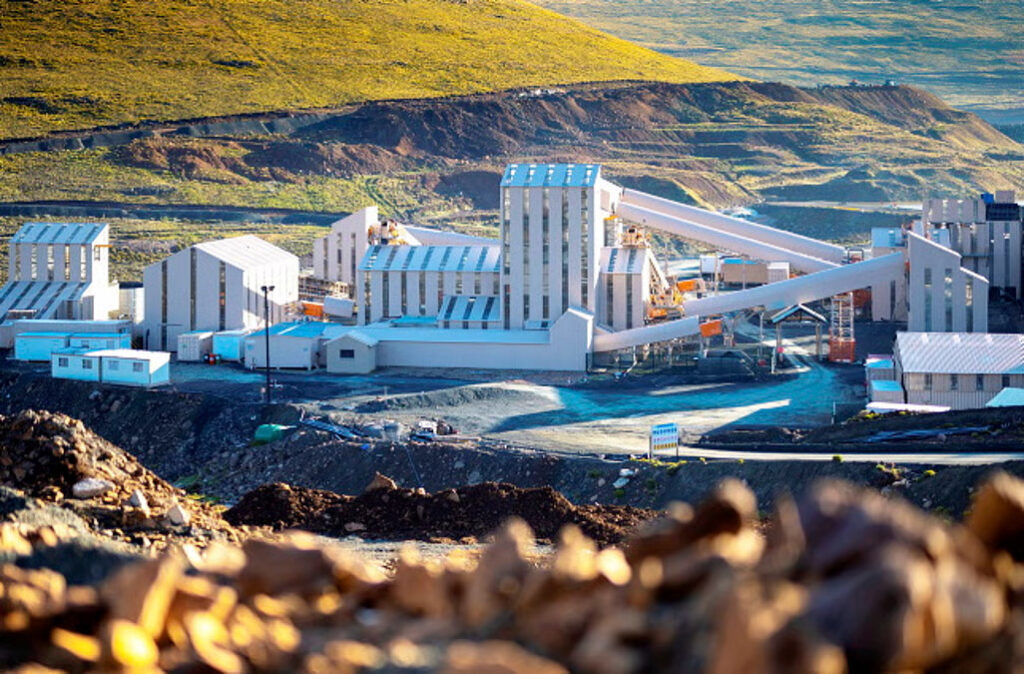
9. Lulo
Country: Angola
Annual production capacity: 35,000 carats
One of the world’s most prolific alluvial diamond fields, operated by Sociedade Mineira do Lulo (Lucapa 40 percent, Endiama 32 percent, Rosas & Petalas 28 percent). Renowned for premium Type IIa and large coloured stones—including multiple +100 ct pink and yellow diamonds, such as the 404 ct “4 Feb Stone.” The mine processes ~6 million m³ gravel annually yielding about 35,000 carats (2022)

10. Williamson (Mwadui)
Country: Tanzania
Annual production capacity: ~300,000 carats
One of the longest-operating kimberlite mines, now majority-owned by Petra Diamonds (75 percent), with the Tanzanian government (25 percent). Operates near Shinyanga since 1940. Production is currently about 300,000 carats/year after resuming operations in mid‑2023
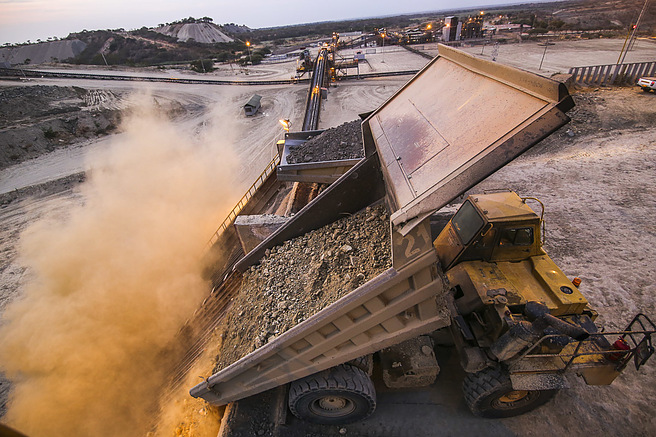
11. Gahcho Kué
Country: Botswana (Northwest Territories, Canada)
Annual production capacity: ~4.5 million carats
A joint venture between De Beers (51 percent) and Mountain Province Diamonds (49 percent), Gahcho Kué is one of the world’s largest new diamond mines. Since opening in 2016, it produces approximately 4.5 million carats annually

12. Damtshaa
Country: Botswana
Annual production capacity: about 330,000 carats
Operated by Debswana, this open‑pit satellite mine started in 2003. It seldom exceeds 330,000 carats yearly and has often been placed on care and maintenance due to market pressures.
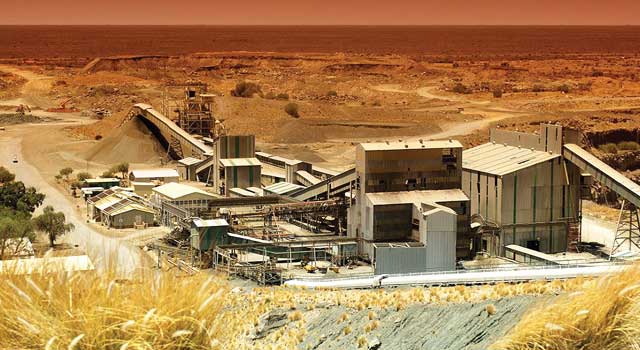
13. Liqhobong
Country: Lesotho
Annual production capacity: about 1 million carats
Owned by Firestone Diamonds (75 percent) and the Lesotho government (25 percent), Liqhobong began commercial production in 2016. It routinely hits around 835,000–1 million carats annually, with reserves allowing sustained output.
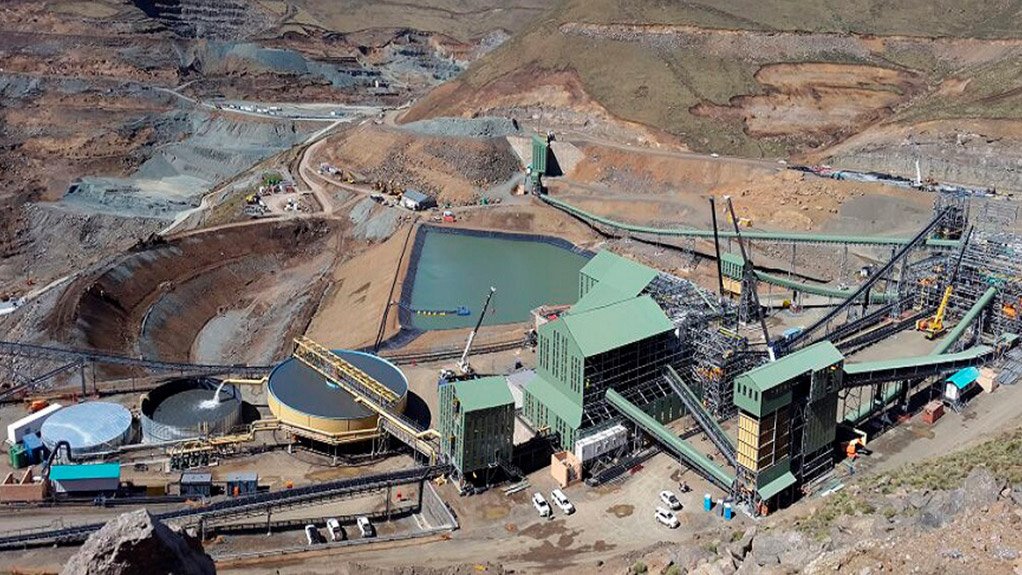
14. Murowa
Country: Zimbabwe
Annual production capacity: about 1.2 million carats
Operated by RioZim, Murowa has produced between 579,000 – 732,000 carats annually, though its nameplate capacity is around 1.2 million cts. Known for predominantly white, gem-quality stones with occasional specials.
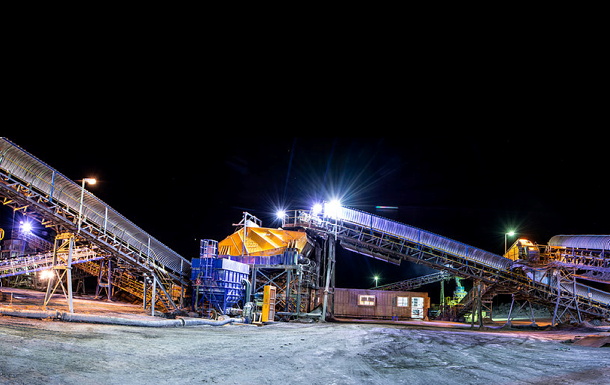
15. Kamachia‑Kamajiku
Country: Democratic Republic of Congo (DRC)
Annual production capacity: 765,000 carats per year
Situated within major artisanal and semi-industrial zones. While specific output isn’t separated, it contributes to SACIM’s reported about 4.32 million carats in 2022.
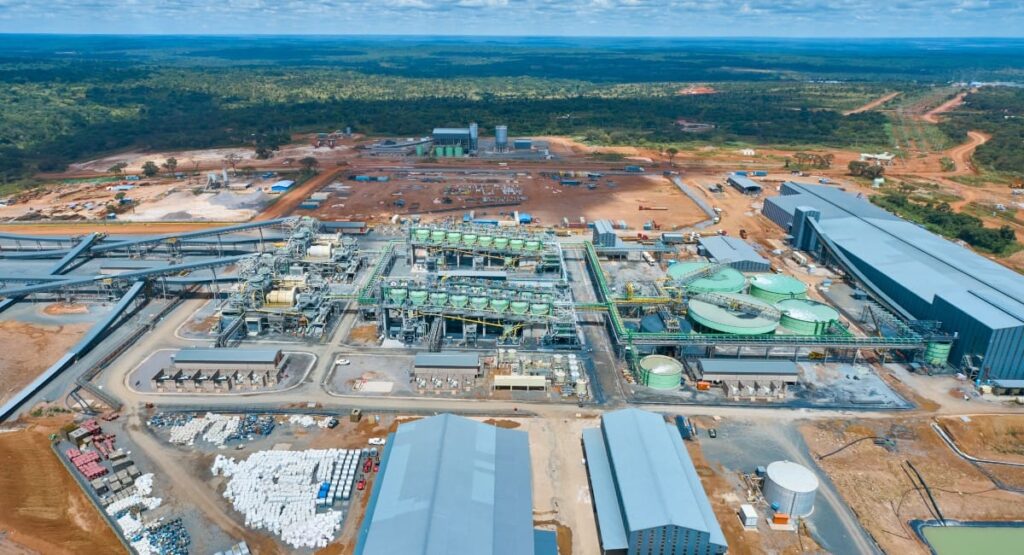
16. Lace
Country: South Africa
Annual production capacity: up to about 500,000 carats
Located near Kroonstad and operated by DiamondCorp, Lace processes kimberlite tailings through a 1.2 Metric tonnes per annum plant. Annual output can exceed 500,000 carats.
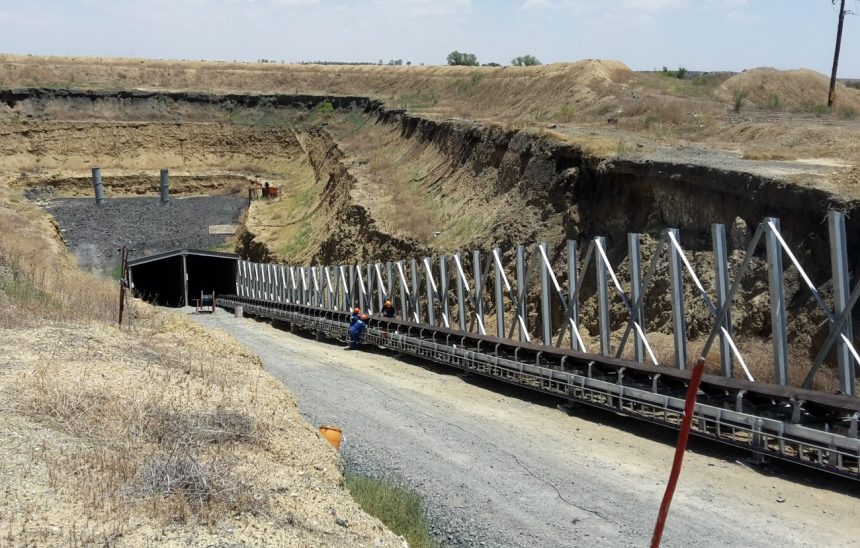
17. Koidu
Country: Sierra Leone
Annual production capacity: about 400,000 carats
Managed by Octea (BSGR), Koidu is Sierra Leone’s largest kimberlite mine. Currently yields about 400,000 cts/year after transitioning to underground operations, with potential to reach 650,000 cts.
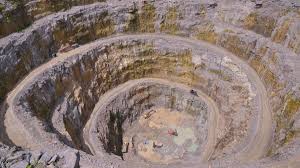
18. Bakerville
Country: South Africa
Annual production capacity: about 33,600 carats
The Bakerville alluvial project in North West Province produces approximately 2,800 cts/month (about 33,600 cts/year), tapping historic gravel fields north of Lichtenburg.
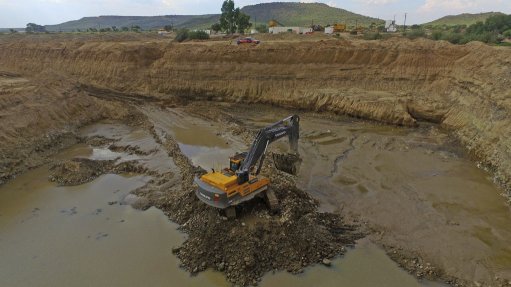
19. Zimmi
Country: Sierra Leone
Annual production capacity: about 10,000 carats (artisanal)
An artisanal alluvial site famous for rare yellow diamonds. Leased and managed locally, it produces about 10,000 cts/year and is celebrated for its intense yellow gems.
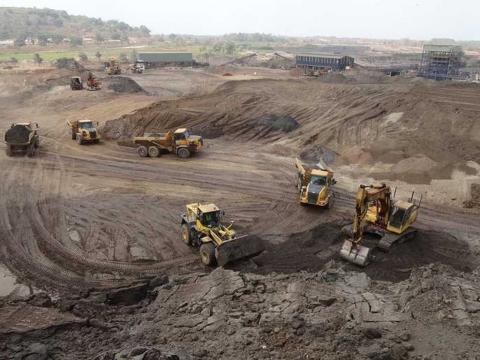
20. Bobi
Country: Côte d’Ivoire
Annual production capacity: about 20,000 carats
An alluvial artisanal operation near Séguéla. Bobi mine historically produced ~270,000 cts/year mid‑20th century; recent cooperatives average around 20,000 cts annually.
